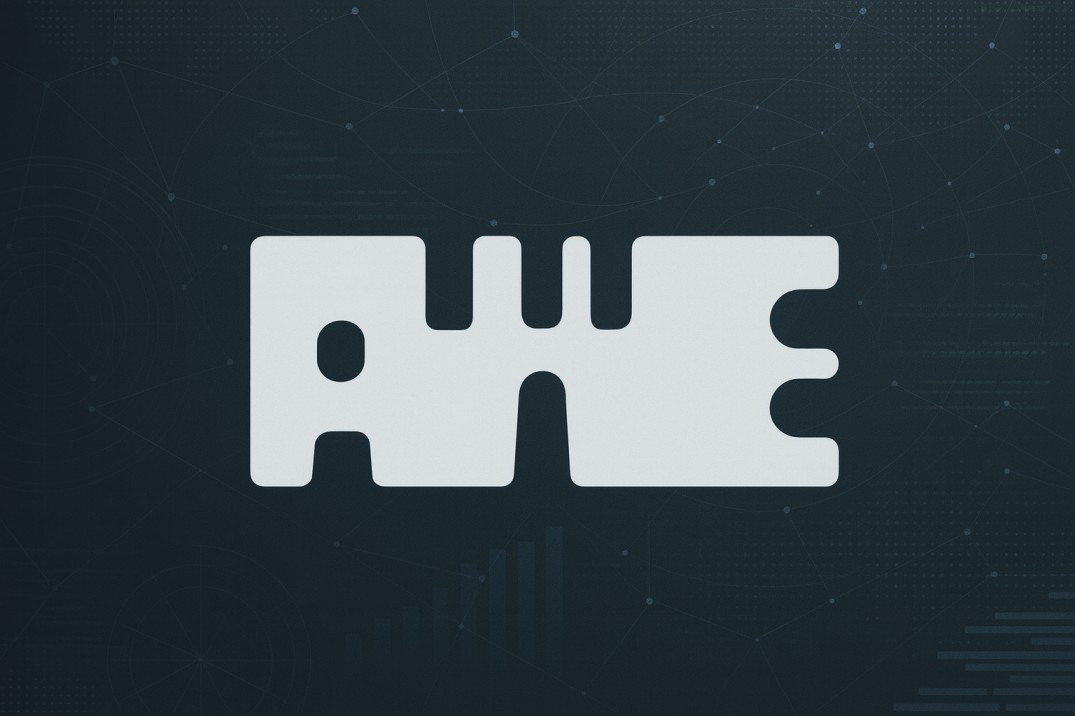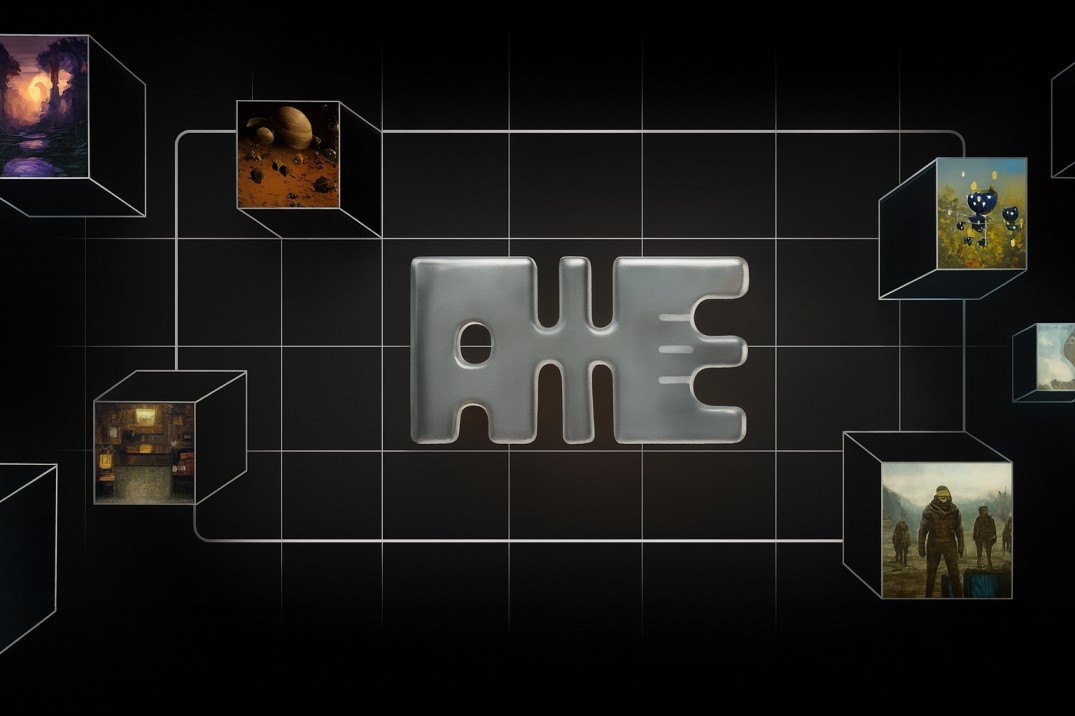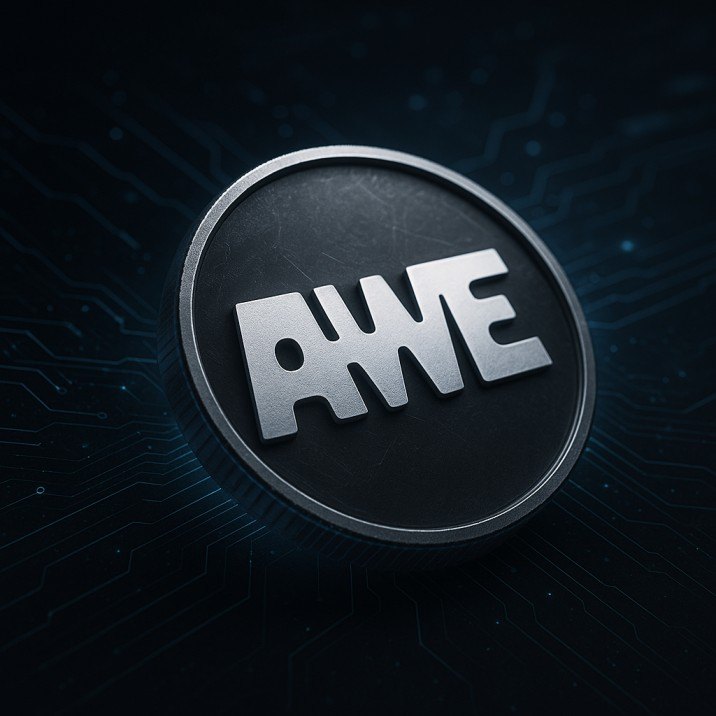TL;DR
- AWE Network (formerly STP) is a blockchain infrastructure focused on Autonomous Worlds-persistent, AI-driven environments where agents and humans interact, adapt, and evolve.
- Its core engine, the Autonomous Worlds Engine (AWE), is modular and built to scale thousands of agent interactions via features like dependency graphs, execution scheduling, parallelism, and GPU workloads.
- World.Fun is the first launcher/discovery layer built on AWE: users can deploy agents into simulated worlds, tip agents, and interact in persistent AI simulations.
- The $AWE token plays multiple roles: governance, incentive/tipping, world deployment, identity, and utility inside aspects of the ecosystem.
- Key strengths: combining AI simulation and blockchain, scaling agent collaboration, modular architecture, and a community governance model.
- Challenges: technical complexity, latency and throughput demands, adoption, token distribution/manageability, incentives, and governance coordination.
- If AWE executes well, it could play a foundational role in AI-agent ecosystems, bridging AI, simulation, and onchain coordination.
We are entering an age when AI is no longer confined to isolated agents or tools-but may inhabit entire worlds: ecosystems of interacting, learning, and collaborating agents. The vision of Autonomous Worlds is that agents don't just respond to prompts; they live in evolving systems, pursue goals, and react to each other in dynamic environments.
AWE Network is one of the boldest attempts to realize that vision on blockchain infrastructure. It seeks to create the framework, architecture, and token economy necessary to power self-sustaining digital worlds. Rather than just "AI + blockchain," AWE aspires to build a generative playground for multi-agent systems, emergent behavior, and human-agent collaboration - all anchored in transparency, persistence, and governance.
Below, we dive deep into what makes AWE special, how it works, where it currently stands, its strengths and risks, and where it might lead us.
From STP to AWE: A Strategic Pivot
Originally launched as STP Network in 2019, the project initially focused on Web3 infrastructure and tokenization. Over time, the team recognized that AI agent ecosystems were an emerging frontier. In 2025, STP rebranded to AWE Network, signaling the shift in mission: from generic infrastructure to Autonomous Worlds. The token was swapped from $STPT to $AWE, and the focus pivoted fully toward AI-powered environments.
This strategic move places AWE at the intersection of AI, simulation, and blockchain - a space not fully occupied yet.
What Is AWE Network?

AWE Network is a decentralized ecosystem for building, managing, and governing Autonomous Worlds - persistent virtual environments where AI agents (and humans) interact under consistent rules, learn, adapt, and evolve over time.
The Autonomous Worlds Engine (AWE) is the technological heart of the network: a modular framework that orchestrates agent behaviors, state transitions, simulation logic, and blockchain integration. By combining execution scheduling (allowing out-of-order operations), dependency graphs (to avoid redundant work), parallel execution, and GPU-optimized workloads, AWE aims to support large-scale agent simulations while maintaining performance and coherence.
In effect, AWE acts as a middleware between AI models, simulation logic, and onchain state - making it possible to run entire worlds of agents that persist, interact, and evolve.
World.Fun: First Showcase of Autonomous Worlds
AWE's vision is being brought alive via World.Fun, the first public launcher / discovery layer for Autonomous Worlds.
World.Fun allows users to:
- Create and customize AI agents with unique personalities and behaviors.
- Deploy agents to persistent worlds (simulations) where they interact with other agents.
- Tip agents in real time based on their behaviors or contributions inside a world.
- Launch new worlds via a World Launch Proposal system, allowing projects to get featured on World.Fun.
- One early example is AI Town, a "living world" of 1,000 AI agents coexisting, socializing, and evolving.
World.Fun thus serves both as proof of concept and as a community hub for builders to spin up simulation experiments powered by AWE.
Technology Deep Dive: How AWE Works

To understand AWE's potential and challenges, we must peek under the hood.
Modular Architecture
AWE is organized into modules: agent orchestration, world orchestration, event-driven evolution, and blockchain integration. Each module is responsible for orchestration of tasks, state updates, inter-agent messaging, event scheduling, and consensus on world state. This modularity allows components to evolve independently (e.g. execution logic vs messaging layer) without monolithic constraints.
Execution Scheduler & Parallelism
One of AWE's claims is an out-of-order execution scheduler: it can reorder tasks to optimize throughput, especially when some agents' actions don't depend on others. This helps avoid bottlenecks in synchronous execution. Workloads are distributed across GPU clusters (where available) or other compute nodes, allowing parallel processing of agent logic and simulation tasks. This scaling enables large numbers of agents to interact in real time.
Dependency Graph & State Consistency
AWE builds a dependency graph that tracks which agent tasks depend on others or on world state. This ensures redundant or contradictory computations are minimized, improving efficiency. Furthermore, global synchronization is used to manage atomic state transitions - ensuring that world state changes happen coherently across agents without race conditions.
LLM Adapter & Model Integration
AWE includes an LLM adapter layer, which abstracts access to various large language models (OpenAI, DeepSeek, etc.). This allows agents to call different models without each world needing custom integration logic. Because simulation logic often needs multiple model types (dialogue, planning, memory), this adaptor helps unify that complexity.
Blockchain Integration & Persistence
While AI simulation is resource-intensive, AWE links persistent state to blockchain layers (e.g. Base, or other chains) to record key events, governance decisions, and world identifiers. This ensures transparency, auditability, and persistence - worlds survive across sessions and upgrades.
Tokenomics & Metrics
Token Supply & Distribution
AWE's tokenomics documentation lists a total supply of 1.94B AWE tokens. According to CoinMarketCap, as of now 100% is unlocked or circulating. CoinMarketCap also outlines allocation categories (Team, Reserve, Community, Private Sale, Public Sale) with respective percentages:
- Team: 19.30%
- Reserve: 41.18%
- Community: 7.72%
- Private Sale: 27.92%
- Public Sale: 3.86%
KuCoin, via its listing page, affirms that the token is inflation-neutral (no new inflationary issuance beyond supply) and that tokens are allocated for ecosystem, community, and operational needs.
Utility & Roles
The $AWE token has multiple utilities within the AWE ecosystem, including:
- Governance: Voting on proposals, world launches, upgrades, etc.
- Access & Deployment: Using AWE to deploy or join worlds, possibly paying for agent creation or world hosting.
- Tipping / Incentives: In World.Fun, users can tip agents in real time, rewarding helpful or interesting behavior.
- Identity / Reputation / Stake: AWE may be used in identity staking, agent reputation systems, or utility within world-level economic systems.
Strengths & Unique Advantages

AWE brings together a convergence of ideas - AI agents, multi-agent systems, simulation, and onchain coordination - in a cohesive infrastructure. Its strengths include:
1. Scalable Multi-Agent Simulation: Unlike projects that focus on single agents or tools, AWE is built for agent ecosystems where thousands of agents can interact in real time.
2. Modular & Optimized Core: The architecture (scheduler, dependency graph, parallelism) is designed to maximize throughput and minimize redundant work, a key challenge for agent systems at scale.
3. Bridging AI and Blockchain: AWE links simulation logic with onchain state, enabling worlds that are both dynamic and auditable.
4. Token Incentives Aligned: With tipping, deployment costs, and governance, AWE tokens have concrete use cases inside simulation, not just as speculative assets.
5. Early Momentum via World.Fun: Having a working public launcher and agent deployment platform helps move from theory to practice, attracting users and experiments.
6. Ecosystem Openness & Governance: Community-driven world launches, proposals, and open participation help prevent centralized control.
Challenges & Risks
AWE's vision is bold, but faces significant obstacles:
- Performance / Latency Bottlenecks: Running thousands of agent interactions in real time demands low-latency compute and efficient scheduling. Any lag will degrade user experience.
- Cost & Infrastructure Demands: High compute, GPU workloads, memory, storage - all these need infrastructure. Ensuring that costs scale sustainably is nontrivial.
- Adoption & Developer Attraction: AI developers, simulation designers, and world builders need to adopt AWE early; bridging that developer gap is essential.
- Token / Economic Design Risks: With high unlocked supply, token price stability and incentives must be carefully managed. Poor incentives or misallocations could discourage participation.
- Governance Coordination: As many worlds, proposals, and upgrades emerge, managing governance cycles, proposal conflicts, and community participation will be complex.
- Security & State Complexity: Simulated worlds may have bugs, logic glitches, or adversarial agents. Ensuring robustness against misbehaving agents is harder than in standard smart contracts.
- Interoperability / Integration: Integrating external data, AI models, or bridging state across chains or models may introduce friction or security attack vectors.
Why AWE Matters for the Future
If AI becomes central to digital ecosystems, we need shared environments where agents can test, learn, interact, and co-exist. AWE offers a pathway to such environments, with blockchain providing persistence, governance, and economy.
In many ways, AWE anticipates the next generation of DeFAI (Decentralized Finance meets AI) and SimFi (simulation-based finance). Agents may negotiate, trade, govern, and stake inside worlds. Worlds may host virtual economies, governance, or experimental societies. Because AWE is rooted in both simulation logic and blockchain coordination, it stands to be a backbone for future meta-systems: agent marketplaces, world builders, DAO-run environments, or AI-powered virtual experiences.
Final Thoughts
AWE Network is a bold attempt to build living digital worlds populated by autonomous agents, tied to onchain state, governed by token economics, and evolving with human participation. The challenges are immense: scale, cost, adoption, security. But the potential payoff is equally immense: a new layer of digital life, interaction, and autonomous systems.
If AWE can deliver performant, robust, and developer-friendly infrastructure for agent ecosystems, it may become one of the foundational rails of the next era of AI + blockchain. It's a space to watch closely.











